How Long Does It Take Bees To fill A Brood Box?
As a new beekeeper I’m always concerned with the rate my bees can produce brood, especially in the Spring. This is important because the rate of brood production is an excellent indicator on the strength and health of your bee colonies. But what is a realistic time frame for how quickly your bees can fill a brood box?
A strong bee colony can fill a frame every 2 to 3.5 days, and fill a 10 frame brood box in 20 to 35 days. How quickly bees fill a brood box depends on the time of year, availability of pollen and nectar, weather conditions, and the strength of your queen.
Raising healthy, strong, and productive bee colonies is one of the most rewarding activities I have ever done. There are several important factors which affect how quickly your bees will produce brood that I’ll explain in more detail.
How Fast Can Bees Fill A Brood Box
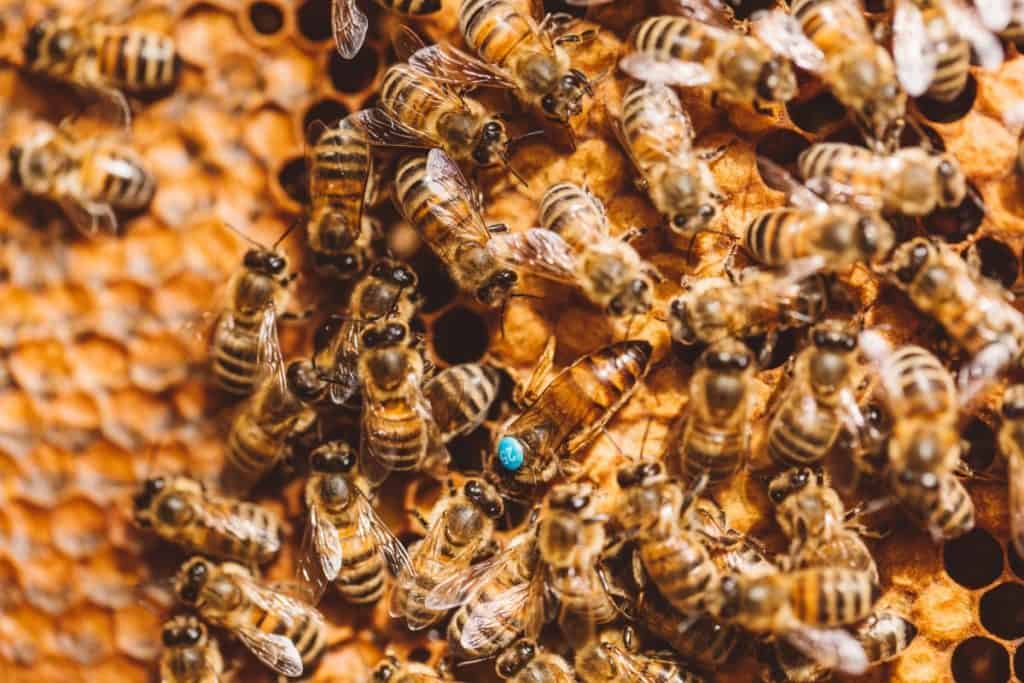
Any experienced beekeeper will tell you that raising strong and healthy bees is all about problem solving. A common problem faced by both new and experienced beekeepers is whether your bee colony is producing enough brood to sustain the colony’s future.
Here is a list of common factors that affect how quickly your bees will produce brood:
1. Age and strength of your bee colony – a brand new package of bees, a nucleus colony (nuc) and a strong colony that made it through the winter, will all have very different rates of brood production.
A brand new colony from purchasing a package of bees will take longer to establish itself and fill a brood box, and will require additional supplemental feeding and support. A package of bees will likely take up to 2 months to fill a brood box. This is a realistic expectation and your bees may fill it faster or take longer depending on your local conditions.
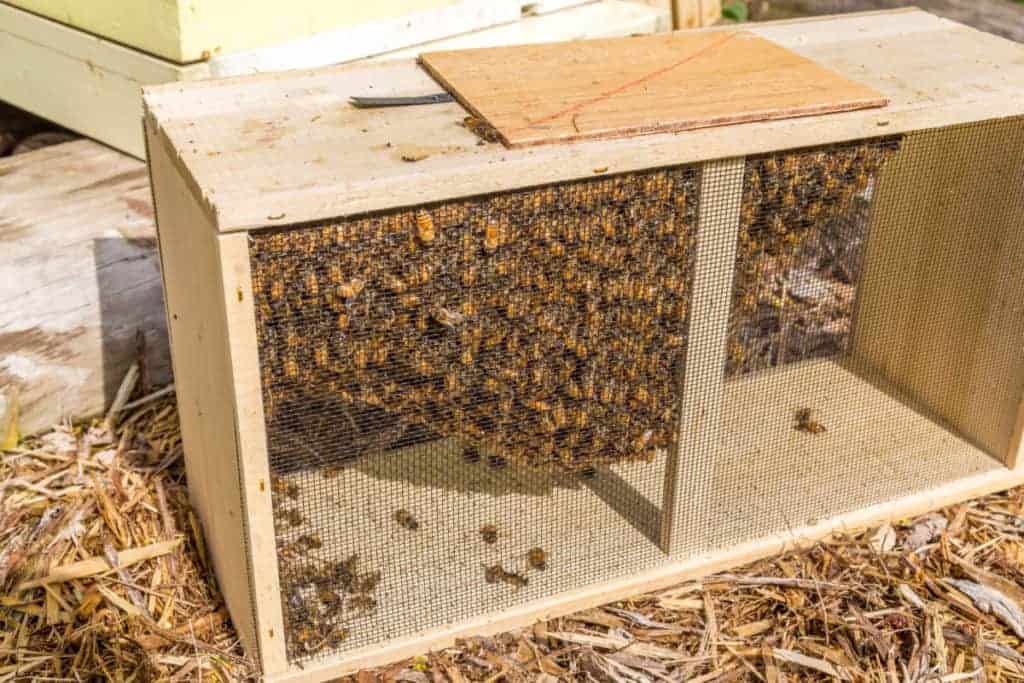
Also, the population of a package of bees will slowly shrink for around 3 weeks until the first round of new brood emerges. There will be a lag in population and brood production until the new brood takes over the nursing duties. You will then see a rapid increase in the number of bees around 5 to 6 weeks after you install the package.
A nucleus colony (NUC), since they have existing brood frames and resources, will potentially fill a brood box much faster. Especially in ideal warm conditions with lots of nectar and pollen available.

A strong colony that made it through the winter will be able to fill a brood box much faster than a package of bees or NUC. Again, I try to keep realistic expectations of 3 to 4 weeks for a strong colony to get that brood box filled.
Keep in mind as your colonies become stronger and fill their brood boxes they will need room to expand, otherwise they could swarm.
Also, I wrote an article all about the differences between a nucleus colony vs a package of bees that I would encourage you to read!
2. Queen – the age and strength of your queen has a direct impact on brood production. It is not uncommon to have to replace a weak queen in new colonies or re-queen colonies with older queens.
As you gain more experience it becomes easier to spot any issues with your queen and when to replace her.
3. Available resources and local conditions – a strong pollen or nectar flow will increase the rate of brood production significantly. If it’s early into the Spring or between flows your bees will likely require assistant through supplemental feeding to keep them in expansion mode.
Feeding your bees sugar syrup and pollen patties will always promote good brood growth. This is very important for new colonies and all your colonies in the spring, between flows, and in the fall for winter preparation.
The timing of your supplemental feeding, like everything in beekeeping, is dependent up on your local region and weather conditions. I always recommend speaking with local beekeepers and find a local mentor to assist you.
4. Type and size of your hive boxes (wooden-ware)– larger hive boxes, such as 10 frame deeps, are going to take longer for your bees to fill compared to 10 frame medium hive boxes and especially 8 frame equipment. Your bees will fill an 8 frame medium box of brood much faster than a 10 frame deep hive box.
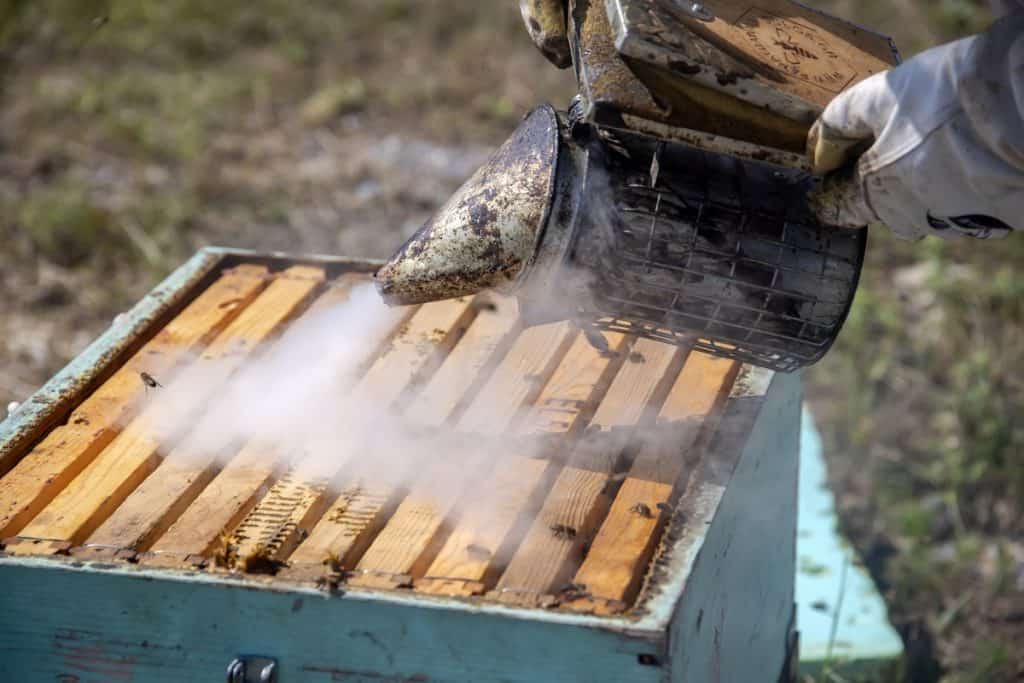
On average, a strong colony can fill a frame every 2 to 3.5 days, and fill a 10 frame brood box in 20 to 35 days. Now this is just an average and your results will vary based on the factors I listed above.
Some really strong colonies during a heavy pollen and nectar flow will fill a 10 frame deep brood box in 2 weeks, while others will take over a month.
Or maybe you don’t want your bees expanding too quickly and you skip using the feeder. It really depends on your overall goal for beekeeping, and the amount of space and equipment you have available.
Here is an interesting study that examined the effect of colony size on brood production over different periods of time.
And I wrote an article about the differences between brood boxes and honey supers that I would also encourage you to read!
When Should I Add A Second Brood Box
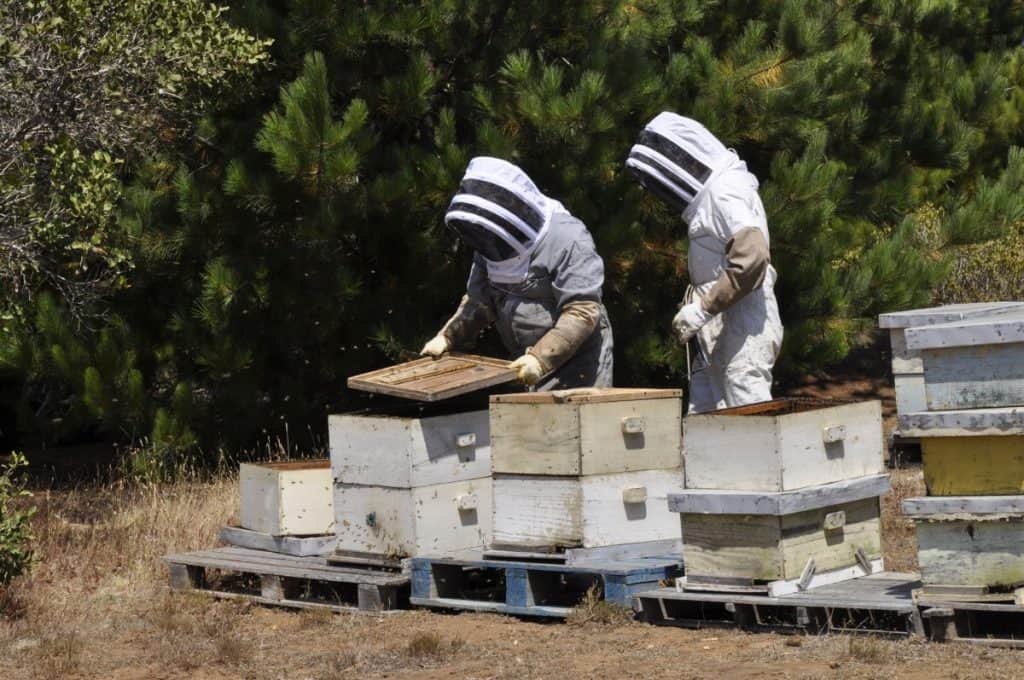
When and if you you add a second brood box will depend on your bee management style, available resources and of course your local region.
If you prefer single brood management than you won’t necessarily be adding a 2nd brood box, but rather a queen excluder and a honey super. But more on that later.
But for those of you that prefer double hive brood management or are new to beekeeping, many experienced beekeepers will add a second brood box once filled to 75% to 80%.
Which basically means on a 10 frame hive (medium or deep) once your bees have 7 to 8 frames of bees with drawn comb and bees on the frames they you should be okay to add another brood box. Especially with a good heavy nectar/pollen flow and ideal weather conditions.
Keep in mind if you put the brood box on to soon your bees might work upward instead of finishing the outside frames of your first brood box.
When adding a second brood box it is common practice to add of 1-2 frames of eggs and larvae from the first brood box to the new one. This will encourage your bees to come up and continue to draw out on the frames beside the eggs and larvae.
Here is a good video from Kamon Reynolds of Tennessee’s Bees explaining when to add a second brood box:
How Many Brood Boxes Should A Hive Have
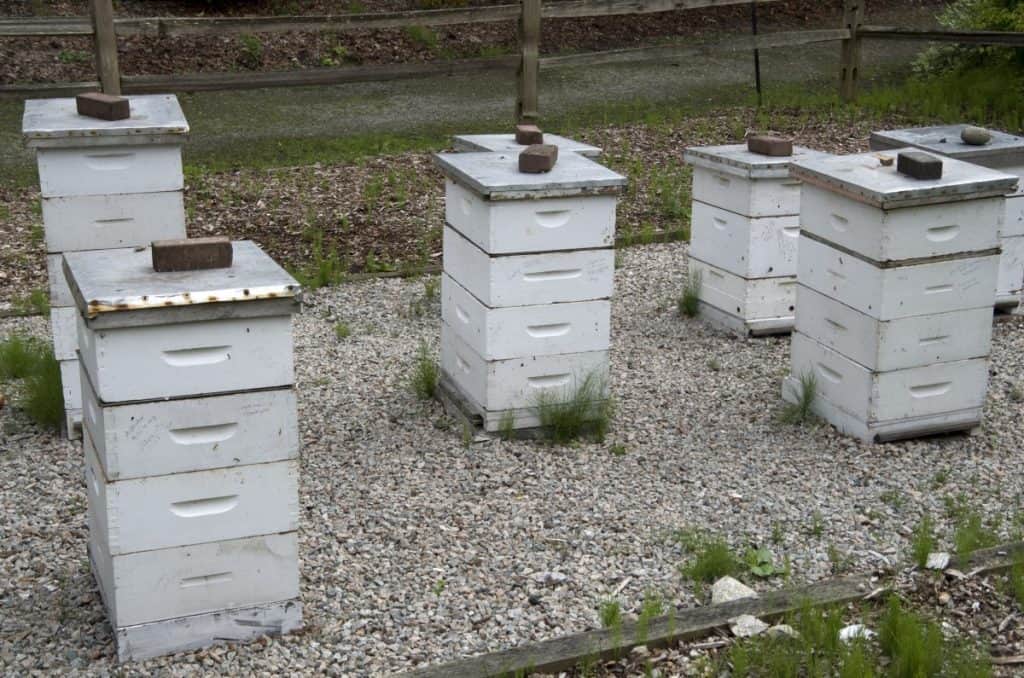
The two most popular styles of brood hive management are Single or Double hive brood management. Double hive management has been the most popular method for many years but most recently single brood management has become more popular for a wide variety of reasons.
Many experienced beekeepers believe that you need two brood boxes for better overwintering especially in colder climates. But many large beekeepers in cold climates, in the northern parts of United States and in Canada, use single brood boxes successfully.
Here is a great study on the overwinter success rates between single deep brood boxes vs double deep brood boxes.
Single Brood Chamber Management

Single brood chamber management is quite a bit different than double brood management and has several advantages.
Advantages
1. Less time required for your inspections. Easier to move around single brood chambers and reduces your workload considerably.
2. Easier to find the queen since she is kept in one brood box
3. Cheaper and more effective treatment of disease and mites. You cut your treatment costs in half and treatments have better penetration of the cluster.
4. Less equipment to handle and maintain.
5. Bees make more efficient use of space to yield more honey per hive.
6. Easier to problem solve and doesn’t limit colony’s growth. Can easily pull out NUC’s or splits.
7. Overwinter is more successful in smaller clusters and small cavity size.
Disadvantages
1. Timing is very important
2. Need to feed right away once remove the honey supers.
3. Swarm management – need to keep a very close eye on your colonies.
As I stated above, single brood management requires the use of a queen excluder and honey supers. Single brood chamber makes it much easier to deal with any issues with your bee hives and makes more efficient use of space.
Most of the frames will be solid top to bottom with brood, pollen and honey. The most common 10 frame layout is with 2 frames of honey in the corners, 1 frame that contains pollen and bee bread, and 6-7 solid frames of brood and capped brood.
In the spring once your hive has built up to 8 to 10 frames of bees instead of adding a 2nd brood box you will add a queen excluder and honey super. This will keep the queen from moving up into the 2nd box and provide your bees with space to expand and move. This reduces your chance of swarming and lots of space to store honey.
At the end of the year you reduce the hive back down to a single hive and feed them to get ready for winter.
Here is great video by Ian Steppler from a Canadian Beekeeper’s Blog. He gives a very in depth explanation of single hive brood management that he has been successfully practicing for several years.
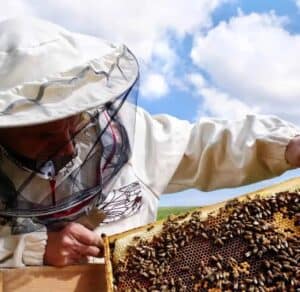
Joseph Davis
My goal is to show that anyone can take up beekeeping and it can be a very rewarding hobby. I strive to share my experiences and answer any questions you may have.
